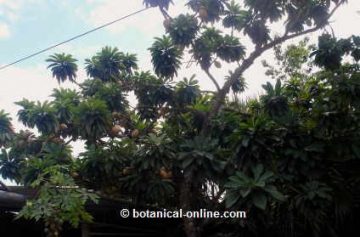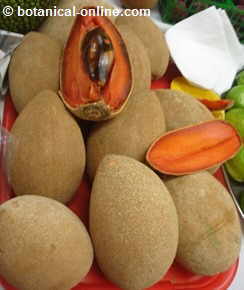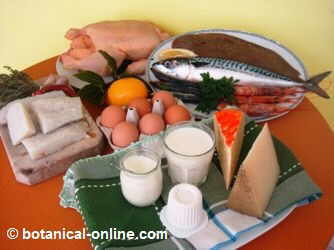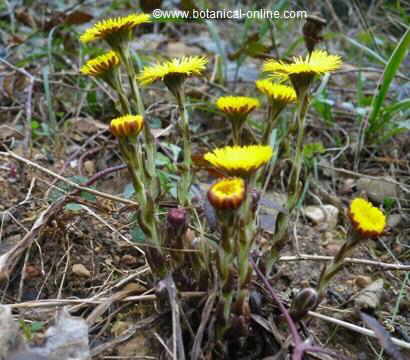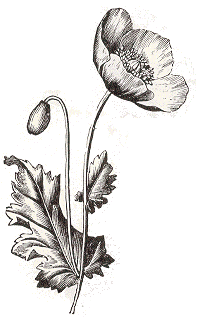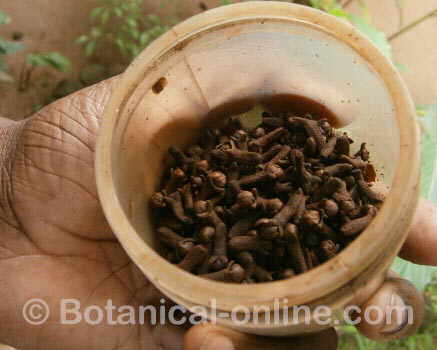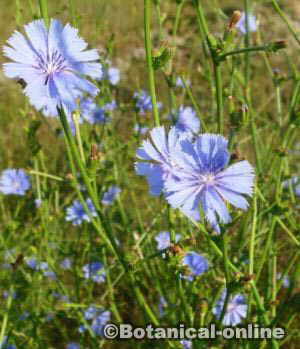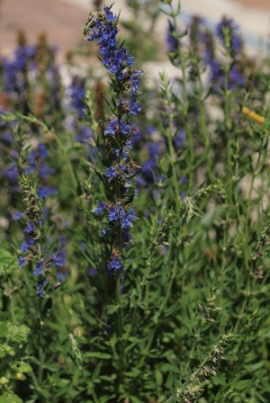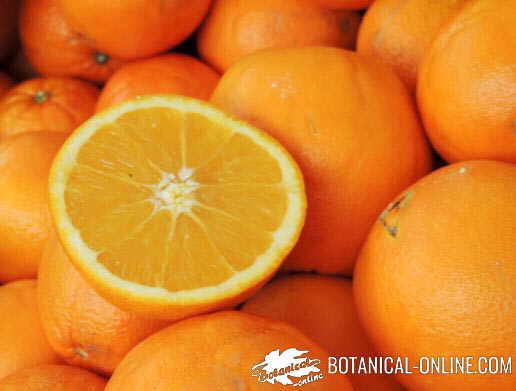Contents
Mamey sapote care
How to grow mamey sapote
Characteristics of mamey sapote

Appearance photo of a mamey tree with fruits. You can see the beautiful shape of its leaves, arranged in the shape of a fan, at the ends of the branches. Common names: English: Mamey fruit, Sapota, Sapote mamey , Mamee sapota, Marmelade plum.
- Scientific name: Pouteria sapota (Jacq.) H.E.
- Family: Sapotaceae – Sapotaceae
- Description of the plant: Large perennial tree (20 – 50 m.) and wide crown. Large leaves (15 – 30 cm.) that grow in a fan shape at the tips of the branches. Cream colored flowers.
The fruits are elliptical berries, 20 cm. long and 700 g. approx. Thick, rough skin, deep orange mesocarp (pulp), with a single black seed (occasionally 2 seeds and less frequently 3).
At maturity, the fruits are very sweet and soft.
The seed measures up to 10 cm. It can represent 20% of the total weight of the fruit.
Growing conditions
Mamey sapote is native to tropical climates and it can grow in pantropical areas.
It does not tolerate frost and this species is very sensitive to cold.
It requires well-drained, clay or sandy soils. Rich in organic matter.
Regular watering, needs moisture but does not tolerate flooding. Water stagnations favor the appearance of root diseases (root rot).
Altitude: between 0 and up to 1200 meters.
In general, it is an easy tree to grow, it only requires basic care and a suitable climate.
How to plant mamey sapote from seed

Photo of mamey fruit cut in half, showing the color of the pulp and the large seed. Get the seed of a fresh fruit.
- The seed loses its germination capacity at 7-14 days after being stored.
- Plant in a seedbed, with fertile soil, and keep slightly moist, without flooding the soil. Some experts recommend breaking the shell of the seed (squashing it or applying light pressure) so that it germinates sooner.
- Cover the seedling with a film of cling film until it germinates. This film makes the growth hormones of the seed itself concentrate and increases its germination capacity. Remove as soon as the seed has germinated.
- Trees do not produce fruit until they are 7 years old.
- The most recommended for commercial purposes, or if you want to harvest the fruit as soon as possible, is to use grafts.
Mamey harvest
The fruits are collected at maturity, since they are not edible raw (They contain latex in their pulp, which makes them toxic). When the fruit is ripe, it is distinguished by the lighter or yellowish skin, and because when slightly scraping with the nail, it comes off.
During ripening, the enzymes present in the fruit are responsible for breaking down the sugar and phenolic compounds (responsible for the aromas). That is, maturity is the time when the organoleptic properties of mamey improve.
For commercial sale, the fruits are harvested a few days before maturity, so that they can be eaten over the course of 5 days.
Related fruits
Mamey can be confused with some fruits, due to the similar names they receive. They are all from the Sapotaceae family:
- Canistel (Pouteria campechiana): Yellow pulp like a mango.
- Sapodilla (Manilkara zapota): Pale yellow pulp.
The above fruits should not be confused with another fruit called mamee (Mammea americana), which belongs to the Guttifeae family of plants, it has glabrous leaves and fruits with a thinner rind than the mamey sapote.
![]() More information on mamey sapote
More information on mamey sapote

